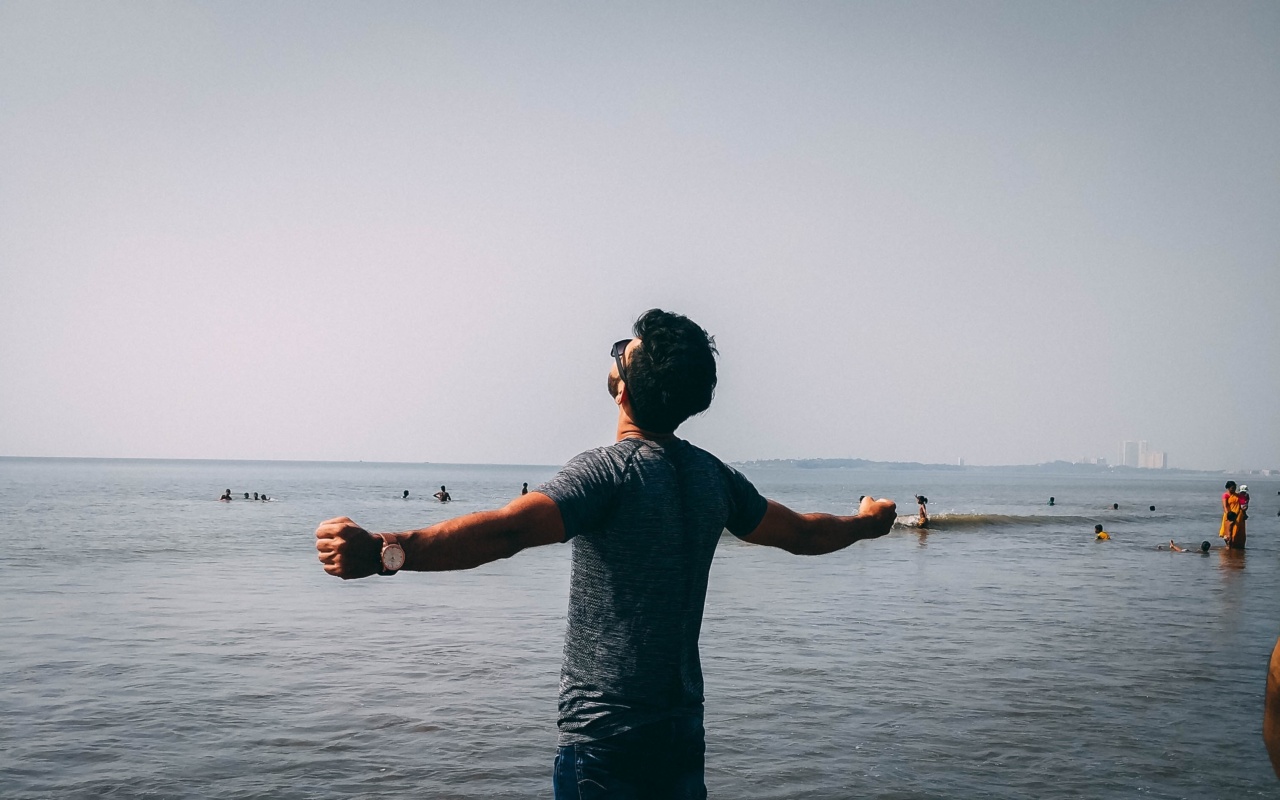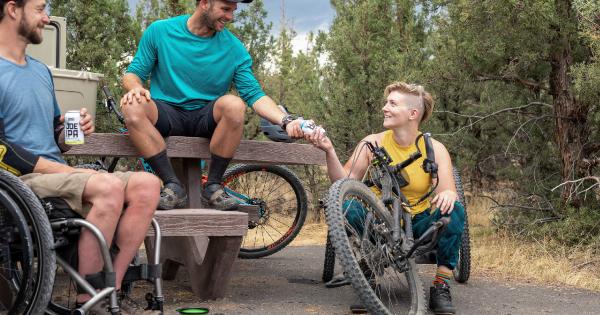Varicose veins are swollen, twisted veins that often appear blue or purple. They are a common condition that affects millions of people worldwide. Varicose veins usually occur in the legs or feet, but can also develop in other parts of the body.
They can be unsightly and uncomfortable, causing pain, swelling, and a heavy sensation in the affected area. In severe cases, they can even lead to more serious complications. However, with proper care and treatment, it is possible to overcome varicose veins and live a pain-free life.
Causes of Varicose Veins
Varicose veins typically occur when the valves in the veins that prevent backward blood flow become weak or damaged. This leads to a condition called venous insufficiency, where blood gathers in the veins, causing them to enlarge and become varicose.
While the exact cause of varicose veins is not always clear, several factors can increase the risk of developing them:.
1. Age: As we age, the valves in our veins weaken, increasing the likelihood of varicose veins.
2. Genetics: If you have a family history of varicose veins, you are more likely to develop them.
3. Gender: Women are more prone to varicose veins due to hormonal changes during pregnancy and menopause.
4. Obesity: Excess weight can put additional pressure on the veins, contributing to the development of varicose veins.
5. Prolonged standing or sitting: Jobs or activities that require long periods of standing or sitting can impede proper blood flow, leading to varicose veins.
Symptoms of Varicose Veins
Varicose veins are not always accompanied by noticeable symptoms. However, when symptoms occur, they may include:.
1. Enlarged, bulging veins that are visible under the skin.
2. Aching or throbbing pain in the legs, especially after prolonged periods of standing or sitting.
3. Swelling and heaviness in the legs.
4. Itching or a rash around the affected veins.
5. Muscle cramps or a feeling of restless legs.
6. Skin discoloration or ulcers in severe cases.
Preventing Varicose Veins
While varicose veins may not always be preventable, certain lifestyle changes and self-care measures can reduce the risk of their development:.
1. Regular Exercise: Engaging in physical activities that promote good circulation, such as walking, swimming, or cycling, can help strengthen the muscles in your legs and improve blood flow.
2. Maintain a Healthy Weight: Losing excess weight can alleviate pressure on the veins and reduce the risk of varicose veins.
3. Avoid Prolonged Sitting or Standing: If your job involves long periods of sitting or standing, try to take breaks and move around every half hour to encourage proper blood flow.
4. Elevate Your Legs: Elevating your legs above your heart level for 15 minutes multiple times a day can help reduce swelling and improve circulation.
5. Compression Stockings: Wearing compression stockings can provide support to the veins and help improve blood flow.
Treatment Options for Varicose Veins
If varicose veins have already developed, various treatment options are available to alleviate symptoms and reduce their appearance:.
1. Sclerotherapy: This treatment involves injecting a solution into the affected veins, causing them to scar and close off. Over time, the veins fade away.
2. Endovenous Laser Treatment (EVLT): This minimally invasive procedure uses laser energy to heat and close off the affected veins, causing them to shrink and disappear.
3. Radiofrequency Ablation: Similar to EVLT, this treatment uses radiofrequency energy to heat and collapse the veins.
4. Vein Stripping/Ligation: In more severe cases, surgical procedures may be required to remove or tie off the affected veins.
5. Laser or Pulsed Light Therapy: These treatments are used to fade spider veins or smaller varicose veins.
Living Pain-Free with Varicose Veins
While treatments can help reduce symptoms and the appearance of varicose veins, certain lifestyle changes can also significantly improve your quality of life:.
1. Exercise Regularly: Engaging in low-impact exercises like walking or swimming can improve circulation and strengthen the muscles around the veins.
2. Maintain a Healthy Diet: Consuming a diet rich in fiber, antioxidants, and anti-inflammatory foods can promote overall vascular health.
3. Avoid Standing or Sitting for Long Periods: Take breaks, stretch, and move around to keep the blood flowing and prevent pooling in the veins.
4. Wear Compression Stockings: These specially designed stockings provide support and compression to the veins, reducing discomfort and swelling.
5. Elevate Your Legs: Whenever possible, elevate your legs above heart level to encourage proper blood flow.
By combining self-care measures, appropriate medical treatments, and a healthy lifestyle, it is possible to manage varicose veins effectively and live pain-free.




























